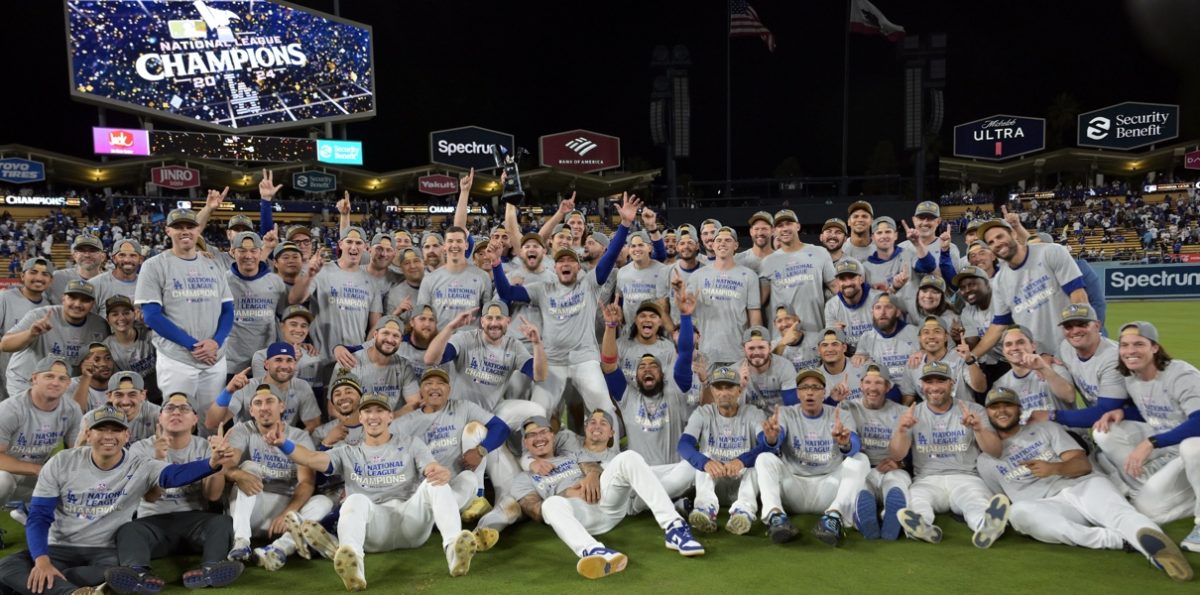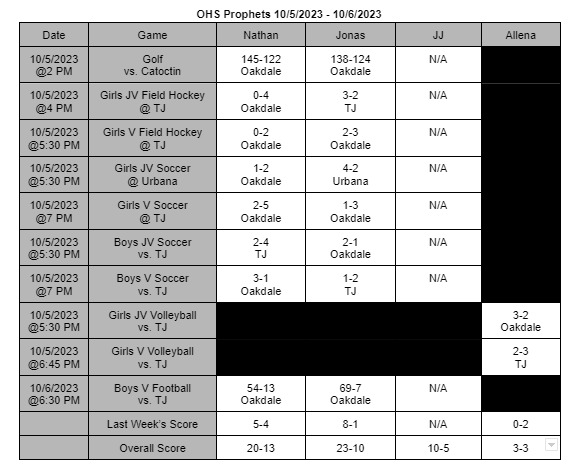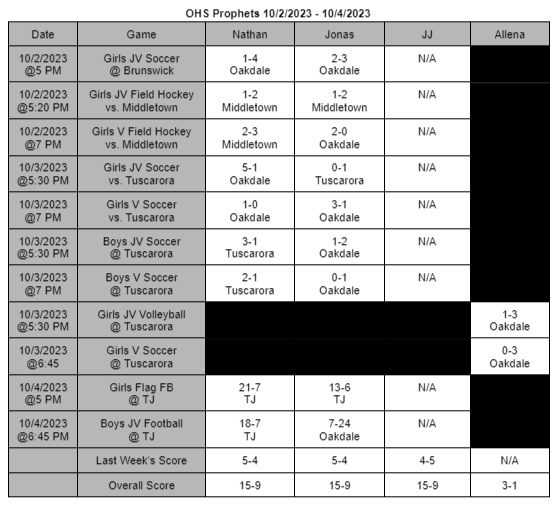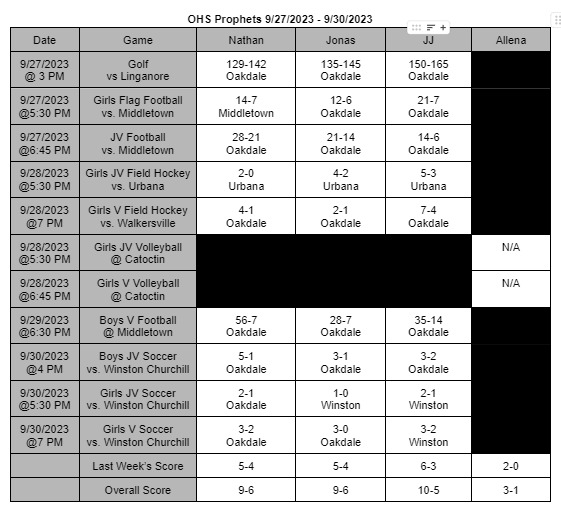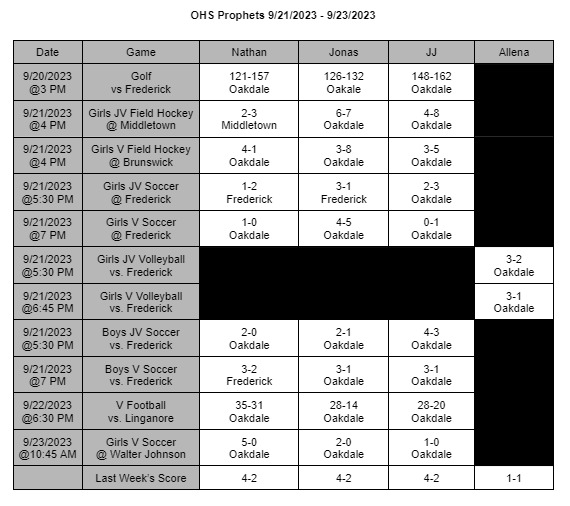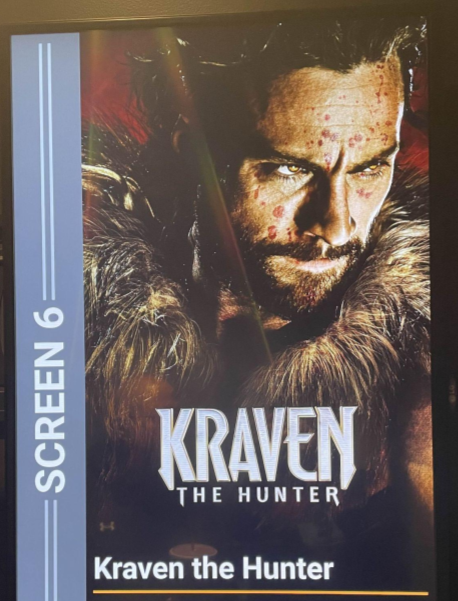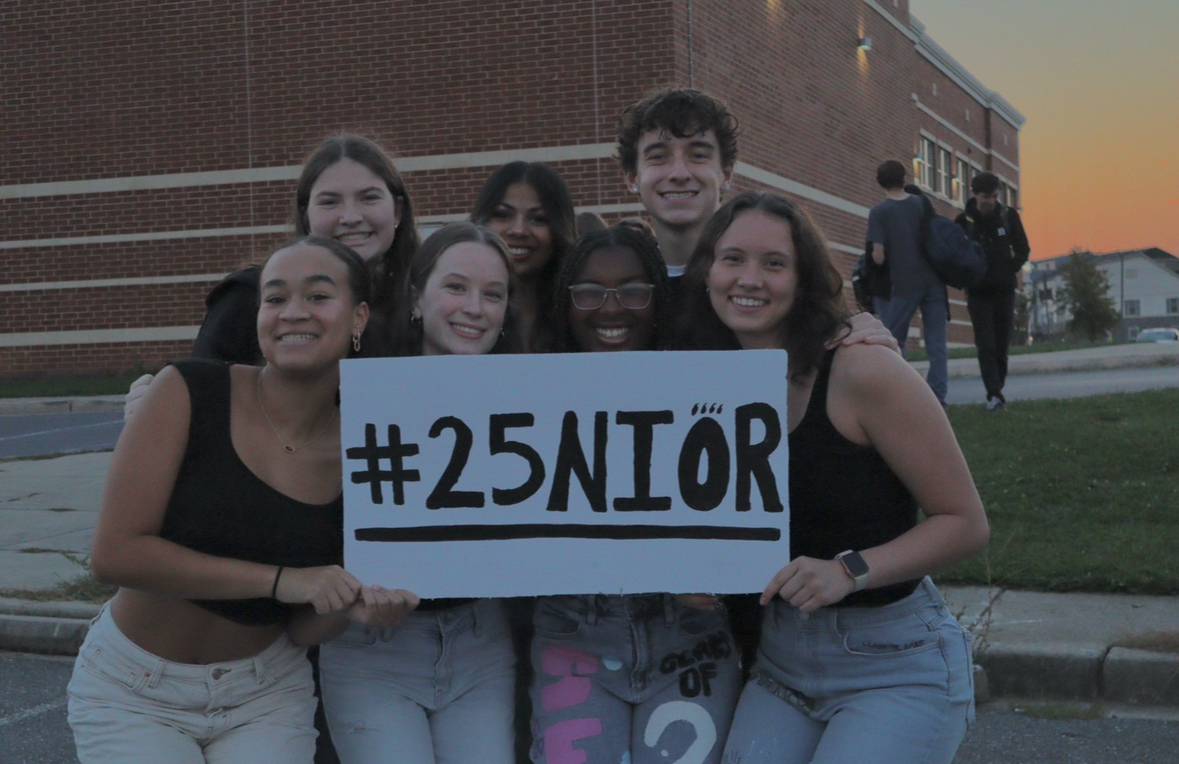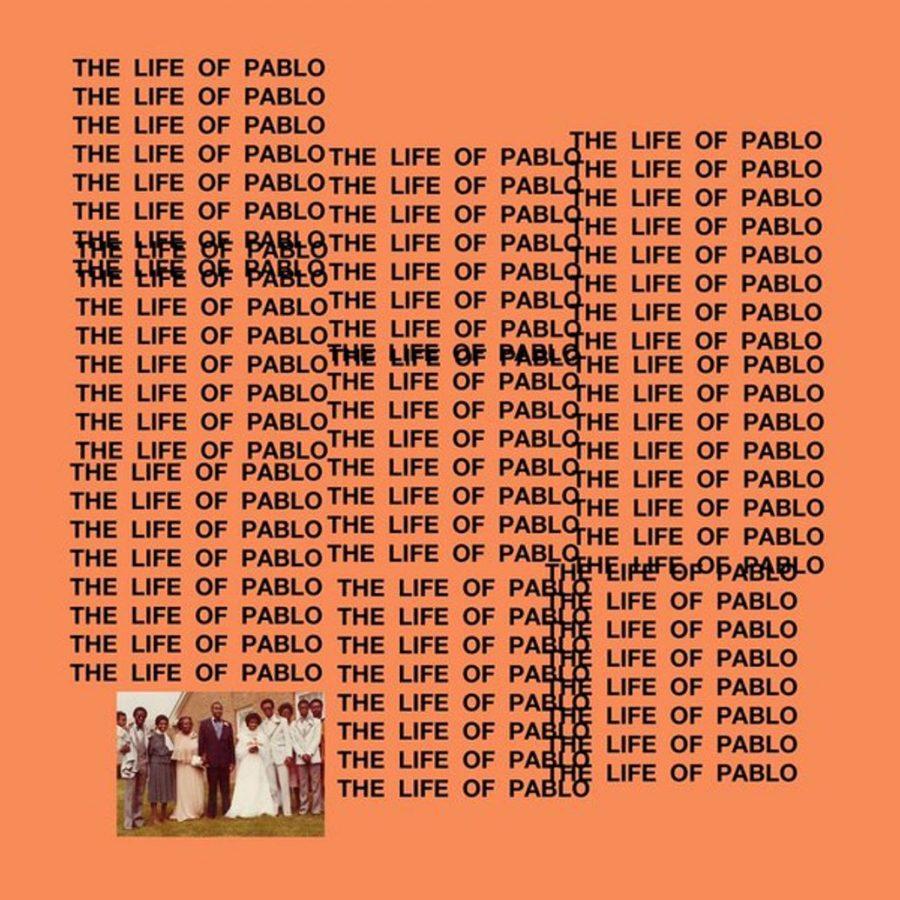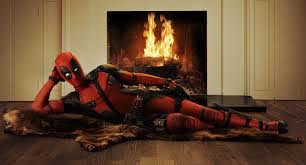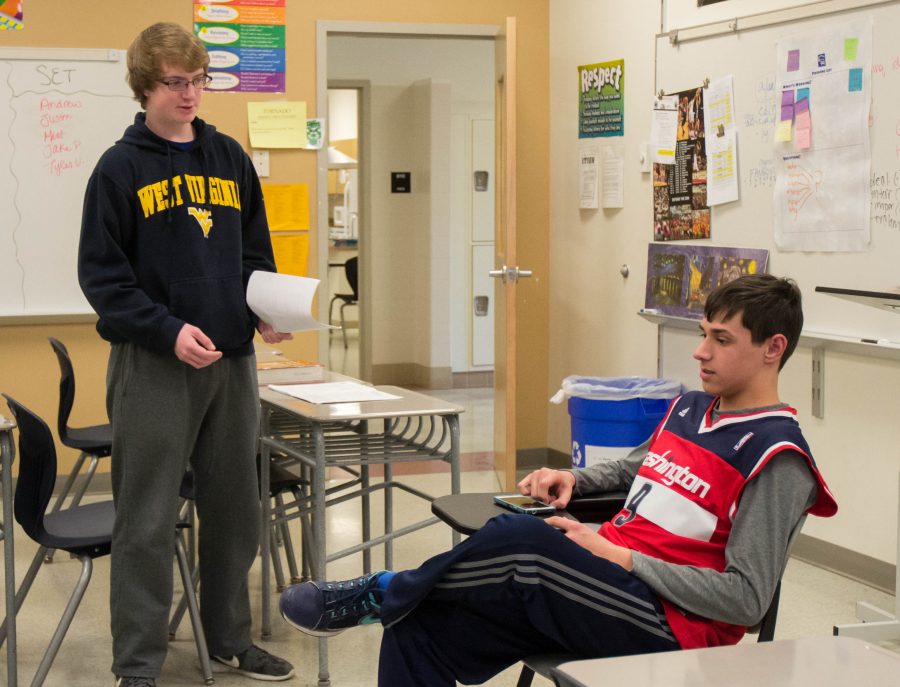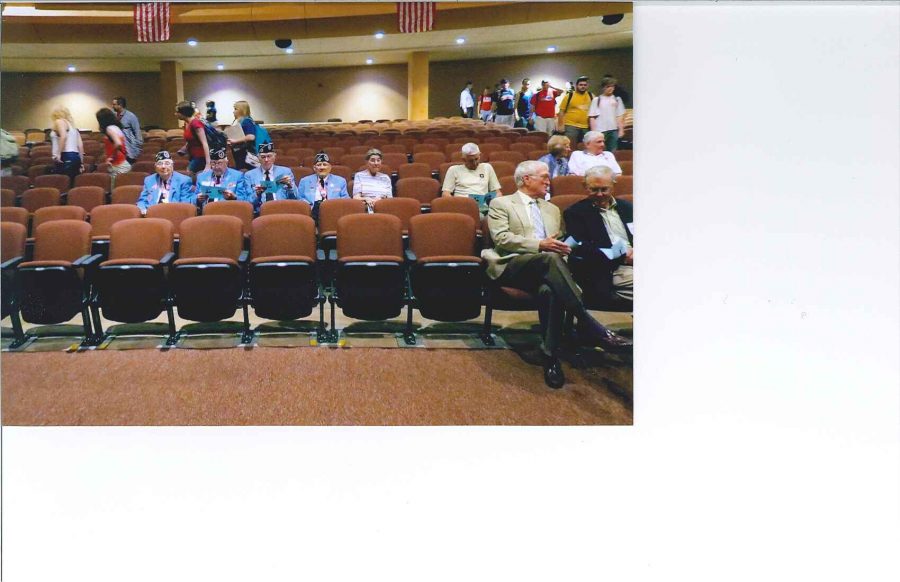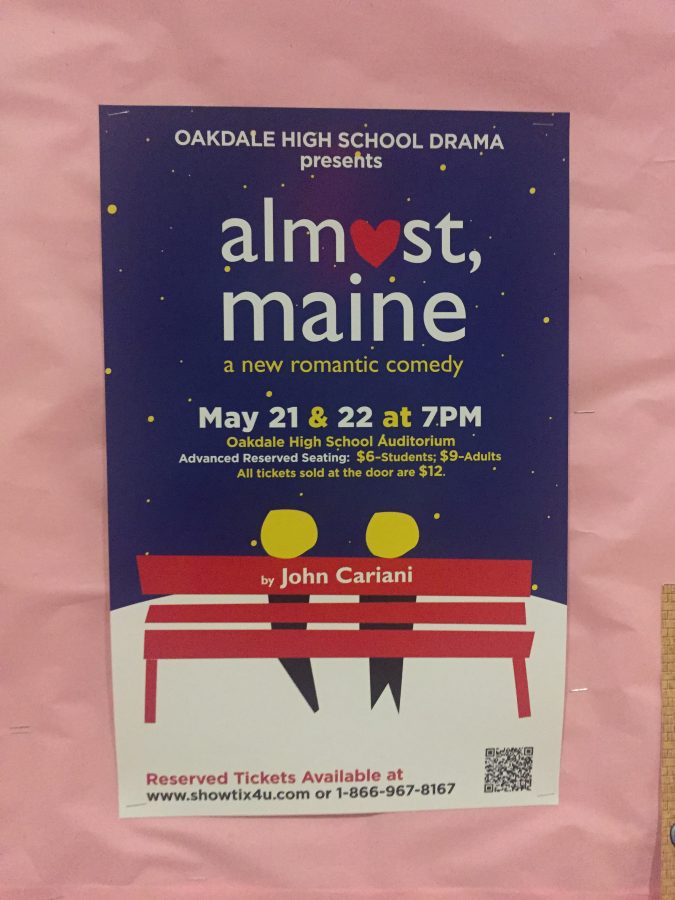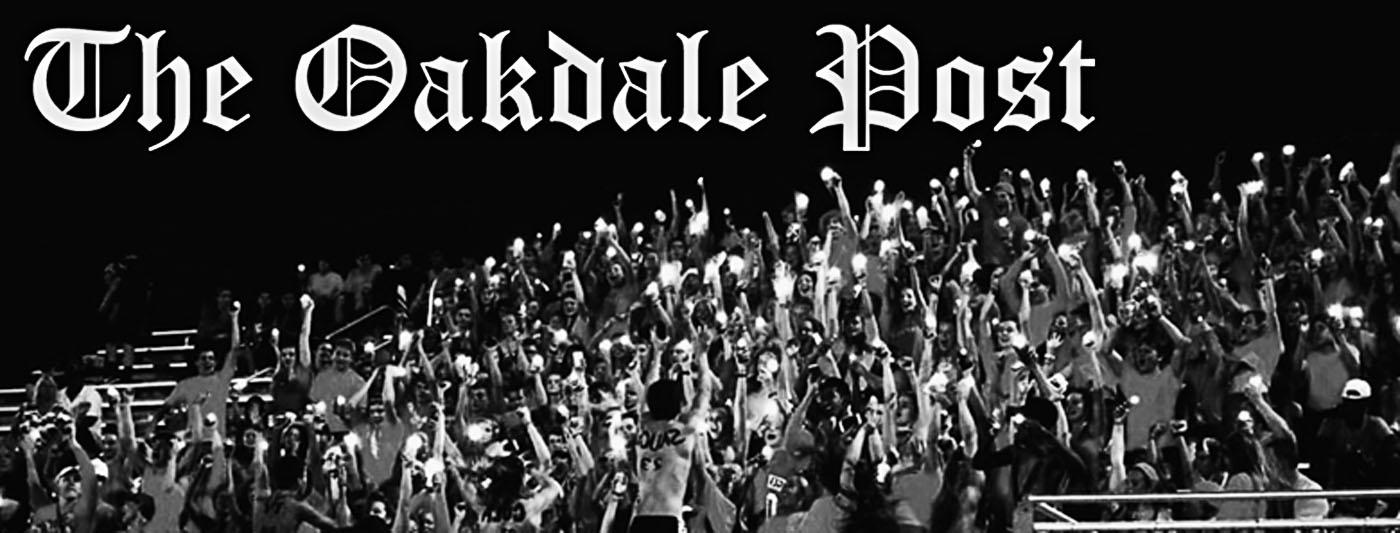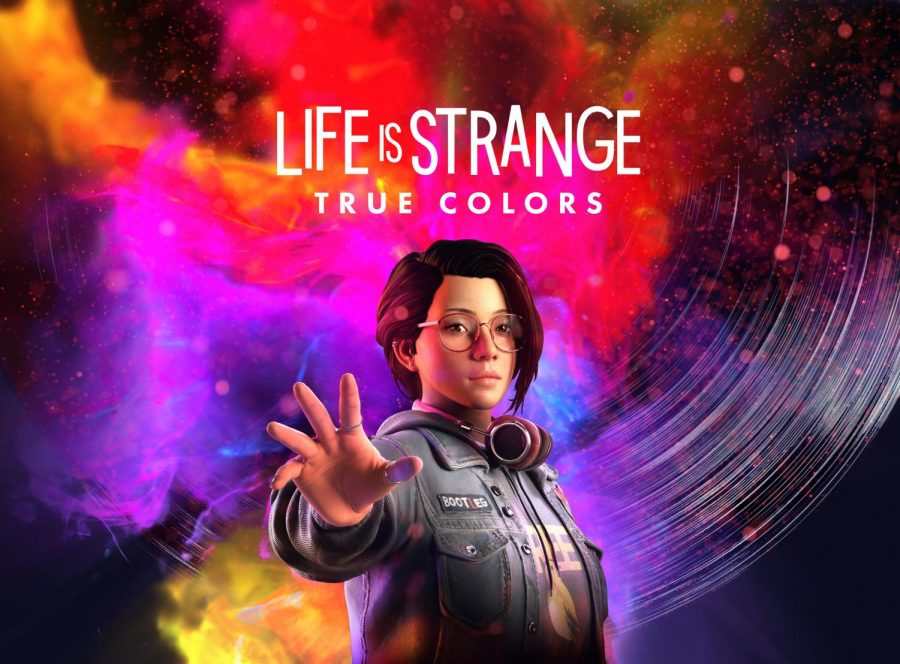Bisexual representation in Life is Strange: True Colors
Main character Alex Chen on the promotion poster for the game.
September 30, 2021
On September 10th 2021 a new game in the Life is Strange saga called “Life is Strange: True Colors” was released on Nintendo switch, Playstation 4 and 5, Xbox One, and Microsoft windows. People are already very interested and excited after seeing just 15 minutes of gameplay.
In the first 15 minutes of gameplay we are introduced to our main character Alex Chen and her two potential love interests named Stephanie Gingrich also known as Steph, a recurring character first introduced in “Life is Strange: Before The Storm”. And a new character, Ryan Lucan. The players are able to choose between the interests and choose what path to go down.
Life is Strange is no stranger to adding LGBTQ+ representation in their games. In the past, they’ve had gay, bisexual and lesbian characters. The new character Alex is openly bisexual, bisexuality is sometimes very miss-interpreted in the media and is normally catered to straight male audiences. Showing bisexuality naturally is very important where it’s not that character’s only trait, and a main character being bisexual is not very common in TV or video games.
Oakdale freshman and member of GSA, Trinity Swire thought, “Bisexuals themselves, being in the LGBTQ there’s not much representation” in regards to having a predominant character in a game.
The Life is Strange series has done a lot for representation in video games, having countless of LGBTQ+ characters, including main and side characters. It really makes an impact on the community. Young LGBTQ+ people seeing what they feel in the media they consume can help them learn words for what they’re feeling, whether they like boys or girls, or both.
Mrs. Nissa Quill, the advisor of the GSA ( Gay Straight Alliance) Club, expressed how others would react: “There’s probably going to be a loud reaction of people who are really uncomfortable by it, reactions from people who don’t really pay attention to that aspect and enjoy the game and the strong amount of support some people will have for the character.”
What she said applies to many video games that add LGBTQ+ representation, in most cases games who add LGBTQ+ representation get an overwhelming amount of hate towards their game just for the reason that a main or background character is LGBTQ+.
However as Mrs. Quill said there’s going to be an enormous amount of love and support from members of the LGBTQ+ community and allies, who are very grateful to be seen and represented.










